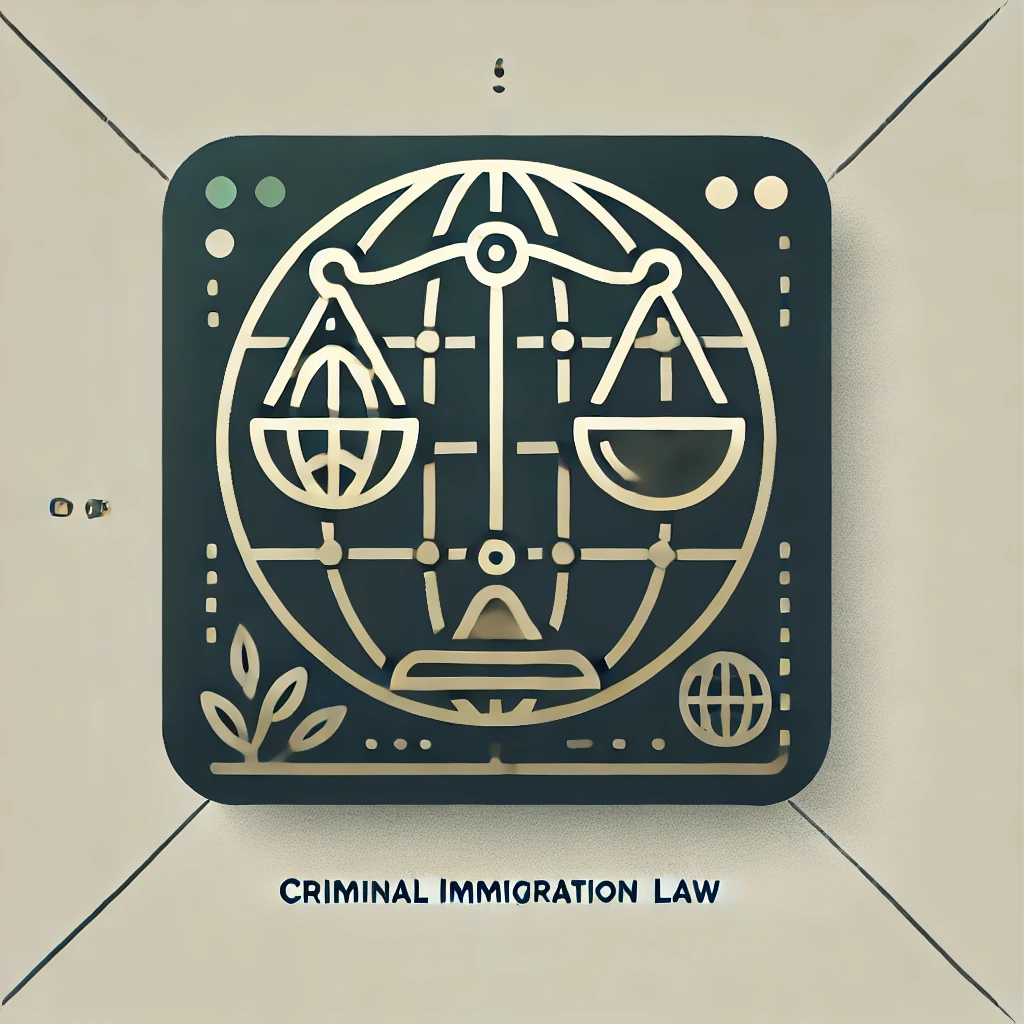How Technology Sector Professionals Can Prepare for Visa Administrative Processing can feel like navigating a maze blindfolded. If you’re in tech and facing this unexpected hurdle, don’t panic! Understanding the process and knowing how to prepare can turn this challenge into a manageable step on your career journey. Let’s break down what you need to know to stay ahead and keep your visa hopes alive.
What Is Administrative Processing?,
Why Tech Professionals Are Often Affected,
Steps to Prepare for Visa Administrative Processing,
Common Documents You Should Have Ready,
Tips to Speed Up the Process,
How to Communicate with the Embassy Effectively,
Key Takeaways,
Conclusion
What Is Administrative Processing?
So, what exactly is administrative processing? Think of it as a security checkpoint in your visa journey. After your visa interview, sometimes the consulate needs extra time to verify information or conduct background checks. This can add days, weeks, or even months to your wait time. It’s not a rejection, but it sure feels like a speed bump on the road to your new opportunity.
Why Technology Sector Professionals Are Often Affected
Ever wonder why technology sector professionals seem to hit this snag more often? It’s because tech jobs often involve sensitive information, cutting-edge research, or work with government contracts. The government wants to make sure no sensitive technology leaks or security risks occur. Plus, the global nature of tech means more scrutiny on backgrounds and affiliations. It’s like having a spotlight on you—intense but manageable.

Steps to Prepare for Visa Administrative Processing
Preparation is your best friend here. You can’t control the timeline, but you can control how ready you are. Here’s your game plan:
- Gather all relevant documents: Keep your employment letters, project descriptions, and any security clearances handy.
- Be transparent: Don’t hide any affiliations or past employers, even if they seem minor.
- Stay patient and proactive: Check your visa status regularly online and respond promptly to any embassy requests.
- Consult your employer’s immigration team: They often have experience navigating these waters.
- Consider legal advice early: An immigration lawyer can help you avoid common pitfalls.
Common Documents You Should Have Ready
Having the right paperwork can feel like carrying a Swiss Army knife—it prepares you for almost anything. Here’s what tech pros should keep at their fingertips:
USCIS taking too long? Discover how a Mandamus lawsuit can get your case moving.
Learn How a Writ of Mandamus Can Help- Detailed job description: Highlighting your role, technologies used, and project impact.
- Employment verification letters: On company letterhead, signed by HR or your manager.
- Academic credentials: Degrees, certifications, transcripts.
- Security clearances or export control documents: If applicable to your work.
- Previous visa and travel history: Showing your compliance with immigration laws.
Tips to Speed Up the Process
While you can’t wave a magic wand to make administrative processing disappear, you can try a few tricks to keep things moving:
- Respond quickly to any embassy requests for additional info.
- Double-check your application for accuracy before submission.
- Keep your contact info updated with the consulate.
- Ask your employer to provide detailed support letters explaining your role and necessity.
- Stay calm and avoid unnecessary follow-ups that might slow down the process.
How to Communicate with the Embassy Effectively
Think of embassy communication like a delicate dance. You want to be polite, clear, and concise. Here’s how to keep the rhythm:
- Use official channels: Always respond through the embassy’s preferred contact methods.
- Be patient but persistent: If the wait drags on, a polite inquiry can sometimes help.
- Keep records: Save all emails and correspondence for reference.
- Don’t provide unsolicited info: Only send what’s requested to avoid confusion.
Key Takeaways
- Administrative processing is a common but unpredictable step in visa approval.
- Technology sector professionals face extra scrutiny due to the sensitive nature of their work.
- Preparation with thorough documentation can ease the process.
- Patience and clear communication with the embassy are crucial.
- Early legal consultation can prevent costly mistakes.
Conclusion
Facing visa administrative processing can feel like being stuck in airport security forever, but remember, it’s just a checkpoint, not a dead end. If you’re a technology sector professional caught in this, take a deep breath and prepare smartly. Don’t hesitate to reach out for legal help early—it can make a world of difference. Your dream job abroad is worth the wait and the effort.
Related Articles You Can’t Miss
- Unlocking Secrets: How Export Controls Impact Tech Visa Approvals
- Inside the Mind of Visa Officers: What Tech Pros Should Know
- Advanced Strategies for Navigating Security Clearances in Tech Visas
- How Global Tech Policies Shape Visa Administrative Processing Times
- Top Legal Pitfalls Tech Professionals Face During Visa Applications
- Case Studies: Overcoming Visa Delays in High-Tech Industries
- How to Build a Strong Immigration Case for Specialized Tech Roles
- Understanding the Role of Background Checks in Tech Visa Processing
- Emerging Trends in Tech Sector Immigration and Visa Policies
- Expert Tips for Managing Visa Stress While Working in Tech Abroad
